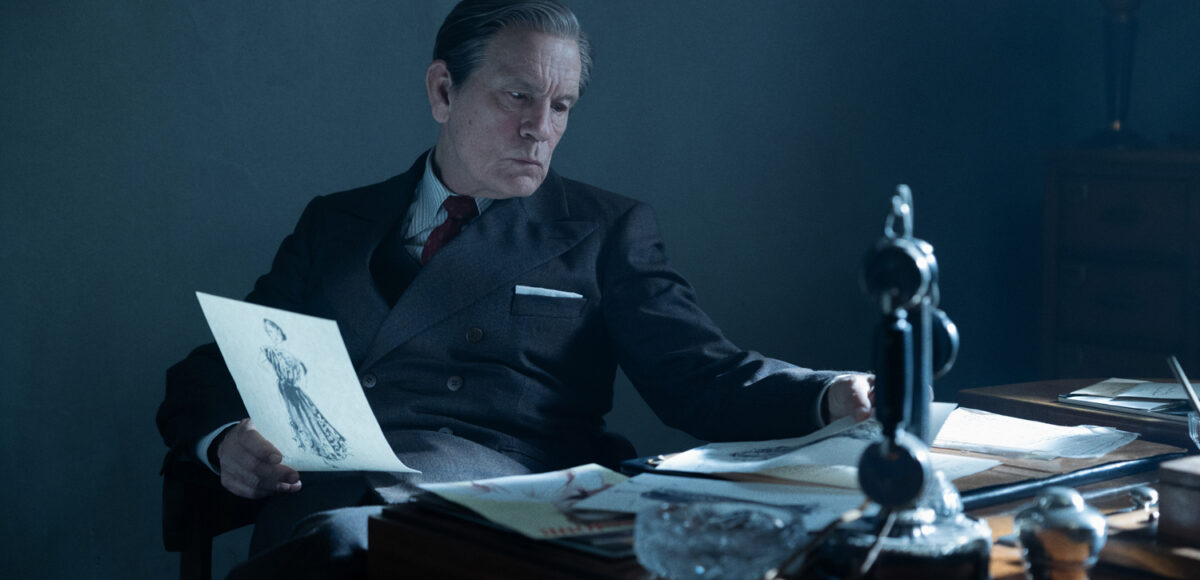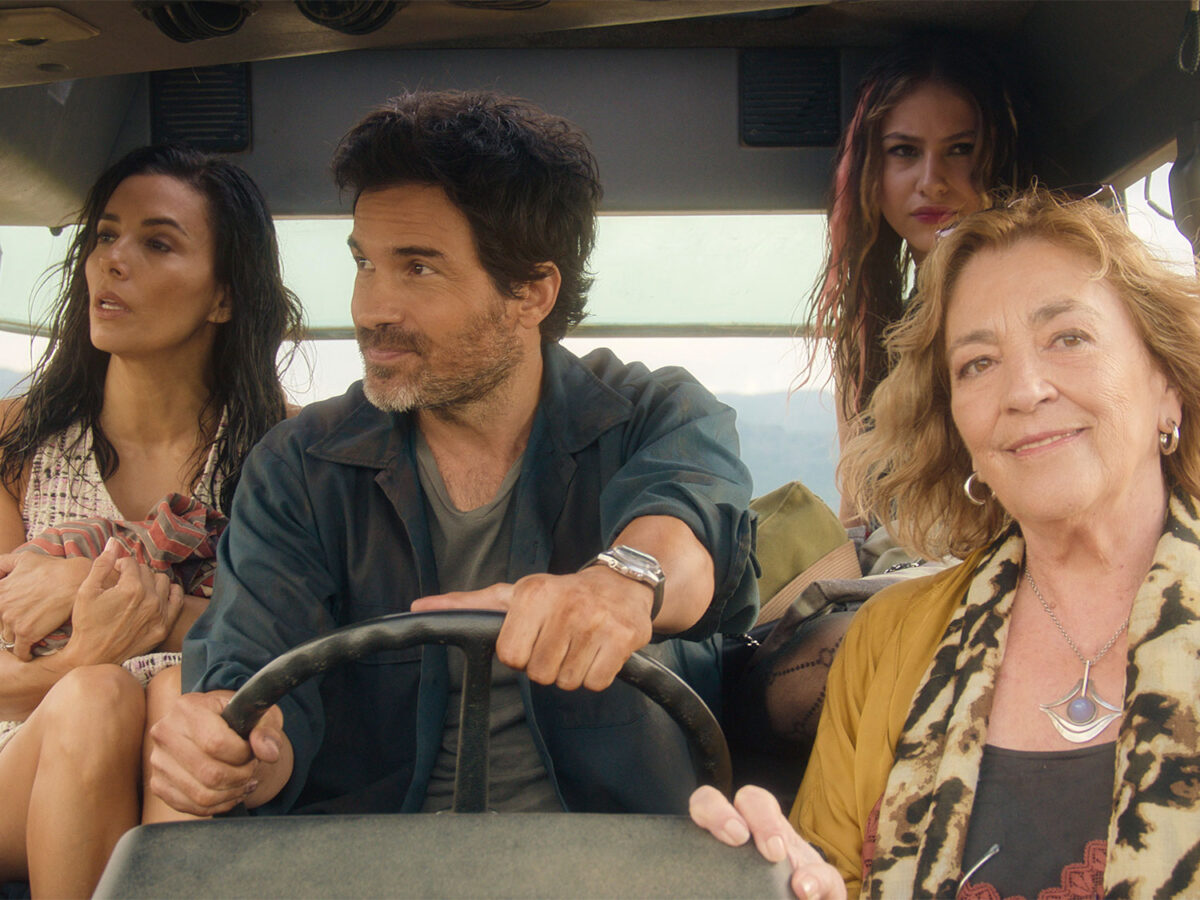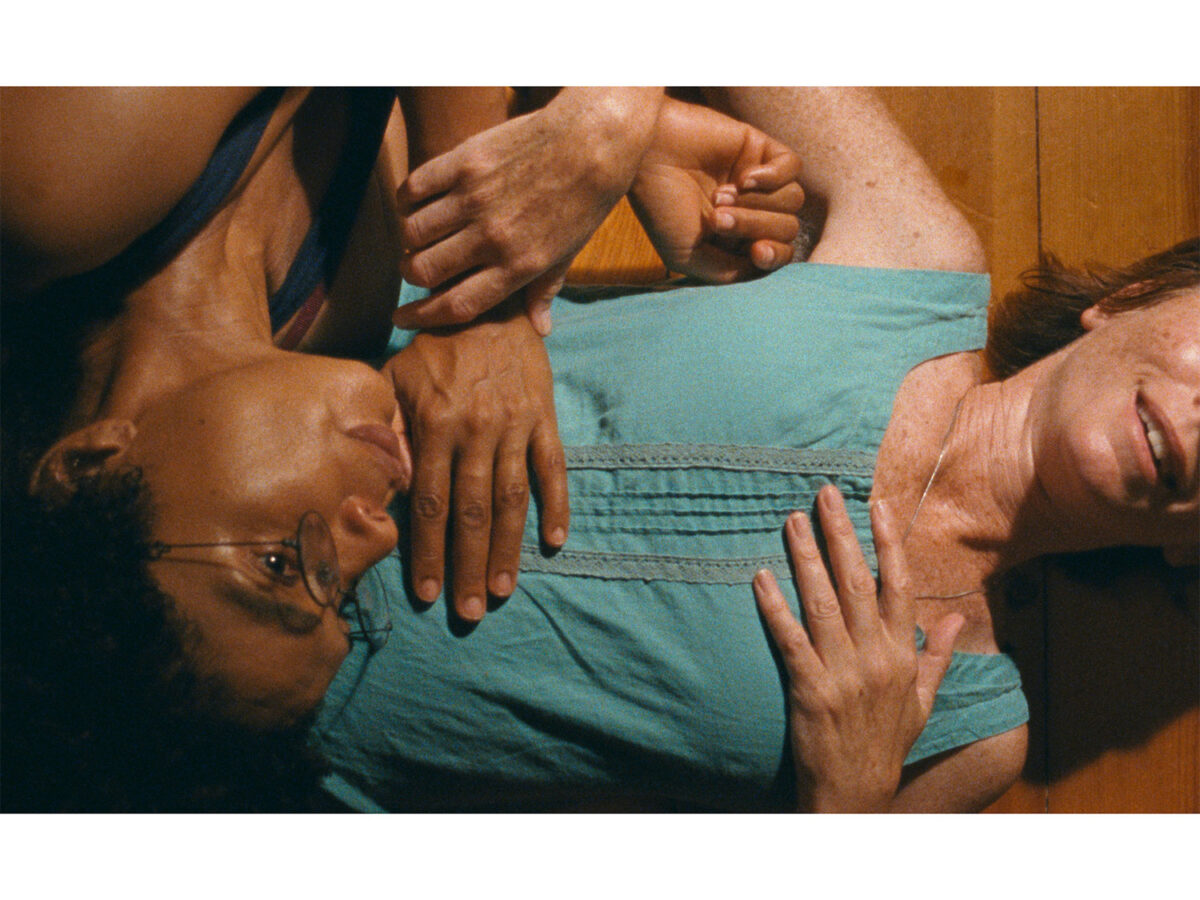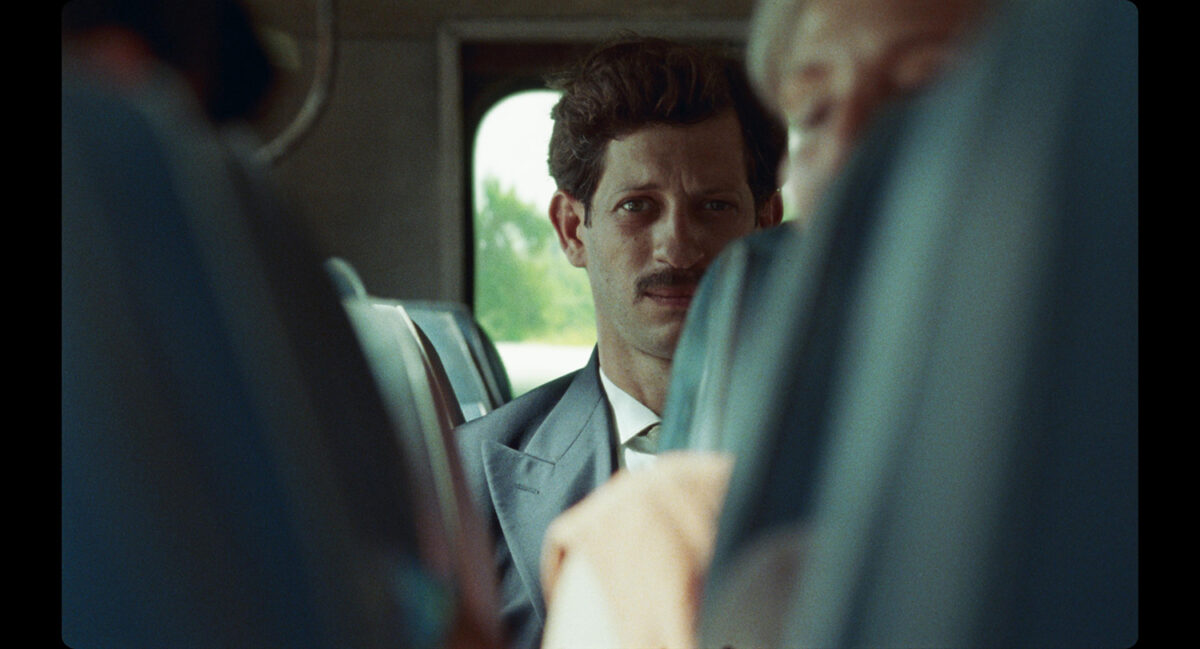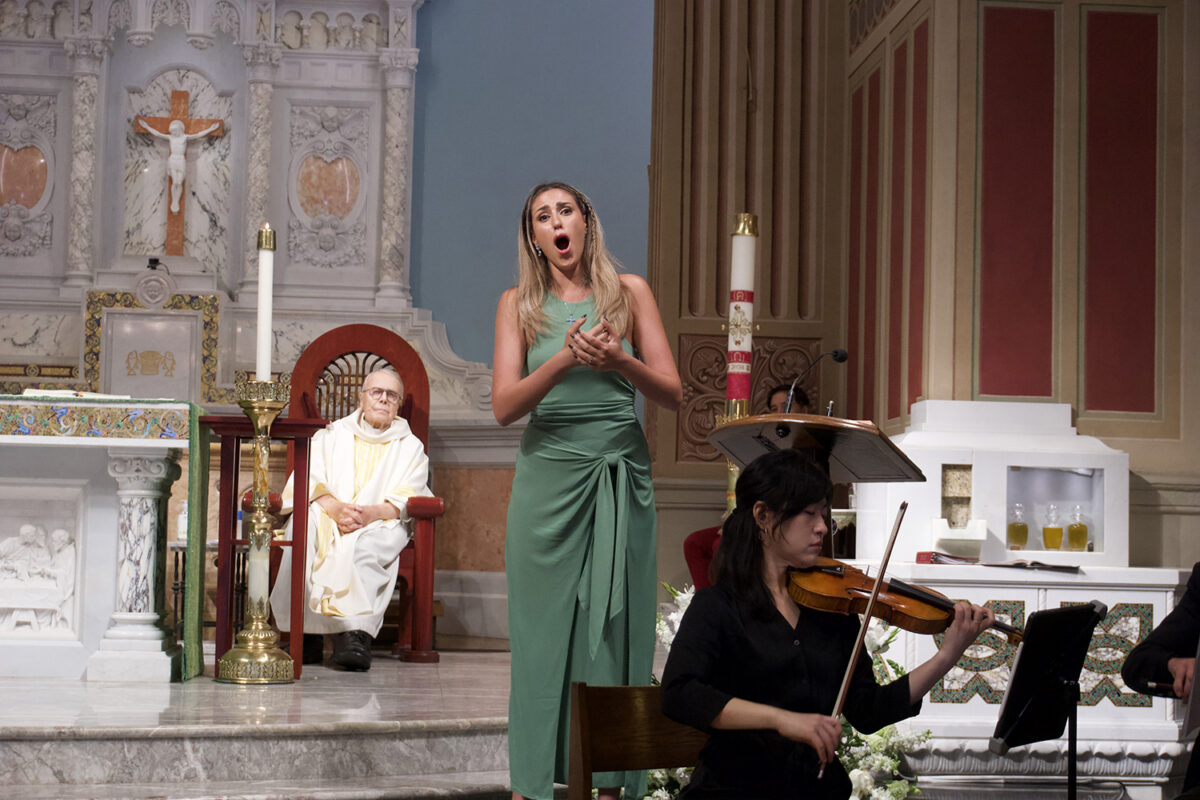We’re all on the never-ending treadmill of television, and that’s just with the mainstream streaming channels, for the most part. Blink and you’re behind, with the treadmill going at 10 mph and you falling off the back at 5 mph. More and more and more, and still I can’t cover all the new ones. It’s fitting to quote that old baseball chestnut: “I calls ‘em like I sees ‘em,” because these new television series represent two hits, a base on balls and an out. First, the “hits.”
Constellation”
Jo has spent the last year in space on an international mission. On the cusp of their reentry to earth, disaster strikes and she must try to right the ship. One of the return capsules is inoperable, and she must decide who goes and who stays. All the commanders at headquarters are adamant that safety procedures be followed, all except the American, wizened NASA specialist Henry Caldera who has made it clear that the data from his experiment take first priority. Jo will be the one who must stay and try to repair the inoperable capsule. The experimental data is the least of her worries.
On the ground, waiting for the return of the astronauts are their families. Magnus, Jo’s husband, and their daughter Alice are made aware of the emergency. Magnus must try to remain positive for his daughter, all the while knowing how desperate and hopeless the situation actually is. His relationship with Jo was strained before she left and he must navigate fear, hope and foreboding as he reflects on their partnership.
“Constellation,” a psychological thriller, goes back and forth in time leading one to believe that Jo survives the disaster. But does she? What she remembers of the before and during may be in contrast to the before and after of her reality. Each episode peels away a different layer of truth that may or may not be absolute. The tension created as Jo tries to right her universe is tight as the viewer is left to try to discern what happens as Jo, with large gaps in her memory, tries to reconstruct her life. And what of that experimental data that was more precious than life to Caldera?
This multinational series is led by Noomi Rapace as Jo and James D’Arcy as Magnus. Barbara Sukowa is the Russian representative Irene Lysenko and Jonathan Banks plays Caldera.
Banks is the weak link in the cast as he plays his ostensible villain as one note. Rapace, known for her role as Lizbeth Salander in the Stieg Larsson films, is so good that it’s surprising she hasn’t had more starring roles outside her native Sweden. She, alone, is reason enough to tune in.
The cinematography by the trio of Yaron Scharf, Markus Förderer and Frank Lamm is out of this world, literally and figuratively. Writer Peter Harness has created a thriller that looks to and beyond international conspiracies.
Premiering on Apple TV+ on Feb. 21 with the first three episodes, dropping weekly on Wednesdays after that.
“Wild Cards”
A Canadian import featuring beautiful Vancouver as a backdrop, this procedural-comedy focuses on two outcasts, Max Mitchell, gorgeous scam artist who’s been arrested when caught in the act, and Cole Ellis, a detective who has been demoted to the maritime unit and now mans a boat in the harbor chasing marginal miscreants while his former cohort solves real crimes. In an odd pairing, Max and Cole come up with an unusual solution to catching a tricky thief who has been confounding the constabulary for quite some time. Impressed, the police commissioner offers them both a chance at redemption. Work together to solve whatever cases Chief Li assigns them, and she might dismiss the charges against Max and put Cole back on land. Max has never met a rule she didn’t want to break and Cole is a straight arrow who is the very definition of killjoy. This is TV. Of course, it works.
Nothing new here but the leads, Giacomo Gianniotti as Cole Ellis and Vanessa Morgan as Max Mitchel, are charming, easy on the eyes, and really deliver the comic timing necessary when working a well-worn path. Nothing new, nothing radical, just something to sit in front of the tube, eat popcorn, relax the brain and enjoy.
Now playing on the CW

“Mr. and Mrs. Smith”
Very loosely based (meaning all that’s left is the title) on the Angelina Jolie and Brad Pitt movie, the one that started them on the path to…well that didn’t work out, did it? Two strangers are hired by a mysterious spy agency offering them exotic travel, money enough to live well in Manhattan, and exciting, challenging missions. The catch? They must lose their former identities and are now Mr. John and Mrs. Jane Smith, a married couple who are assigned nearly impossible cases each week. Adventurous, good looking, hormones not exactly in check, they must try to ignore their mutual attraction to keep their eyes on the ball and not screw up because three strikes and you’re out.
Donald Glover and Maya Erskine are the strangers thrust into the eye of the emotional storm determined to be professional. That’s not going to last but then without the sexual tension to interfere with their work, there’s no story. Both Glover and Erskine are charming, good looking and essentially carry off their roles. I say essentially because the banter is so deadpan it often misses the comedic timing to keep it going. Glover, co-creator of the show, has a built-in following from his hit comedy “Atlanta,” and Erskine was one of the creators and stars of the cult comedy “Pen15.” Each episode features interesting guest stars who keep things moving.
“Mr. and Mrs. Smith” is a maybe. It’s not good or bad, just possibly indifferent.
Now streaming on Amazon Prime
“The New Look”
I was prepared to love this international series that chronicles the rebirth of women’s fashion in Paris after World War II. It’s a major disappointment to me that I didn’t.
French fashion before and during the war was personified by Coco Chanel and her iconic suit and perfume, Chanel No. 5, and the house of Lucien Lelong who employed or worked with many of the designers who would soon come to fame with their own lines, including Christian Dior and Pierre Balmain. Lelong was only able to keep his doors open by designing for the wives of the occupying Nazis. Chanel, on the other hand, kept her door open by sleeping with them.
Cutting to the chase on this overly long 10-episode series that goes from World War II until the early ‘50s, you will meet a hand-wringing, but remarkably bland, Dior; Lucien Lelong, who was not a designer but put out the collections of his talented couturiers under his name; a resentful Pierre Balmain who chafes at working for the stodgy Lelong; Cristóbal Balenciaga, who will come to fame later but is ever present here to provide exposition about the fashion trade; lots of Nazis, especially the duplicitous (isn’t that one of the definitions of a Nazi?) Hans von Dincklage aka Spatz; and Coco Chanel in all her underhanded, mean-spirited, collaborative, antisemitic glory.
This should have been terrific and thrilling. It’s not. A series about French couture shows remarkably little fashion, with the exception of snippets of what would become Dior’s signature pieces, the new look of the title. Instead, you get a lot of bad French accents and storylines that vary in intensity and interest. Rather than dwell on how unconvincing and occasionally melodramatic these episodes are, I will, instead concentrate on the two portrayals that you won’t want to watch in fast-forward mode.
Coco Chanel was a real piece of work. A self-made orphan who was a colossally bad businesswoman, she took stock around her and fell in with the conquerors when they offered her a better life than she was leading. She became the mistress of Hans von Dincklage, a Nazi spy, propagandist and attaché to the German Embassy in Paris. He offered her access to German high society in Paris, a suite at the Ritz and an offer to Aryanize her company from the Jewish Wertheimer brothers who owned it. She resented the up-and-coming designers working for Lelong and did everything in her power to put roadblocks in their way. One could actually say that her best years were spent in bed with the Nazis, literally and figuratively. Von Dincklage, or Spatz as Chanel affectionately called her lover, was a master manipulator with charm oozing from every pore. He was best at getting people to do things they didn’t want to do without resorting to the torture his cohort used against the French. Anytime either of these characters is on screen, and it’s often together, there is a spark that is missing from the rest of the show.
Ben Mendelsohn is a comatose Dior with a bad accent; John Malkovich, whose accent goes from awful to just bad, is actually fairly effective as Lucien Lelong, although he’s not gifted with writing that gives him appropriate character development; and Thomas Potevin, is a petulant Balmain without nuance. He’s French so his accent can’t be faulted. That leaves us with the fabulous Claes Bang as Spatz and the incomparable Juliette Binoche as Chanel. Each is so incredibly watchable that when they’re not on screen, you’re tempted to fast forward to their next appearance. My disappointment in the series was balanced by my delight in Binoche’s portrayal. Bang is an even more subtle villain than he was in “Bad Sisters.” I am a huge fan.
That leaves us pointing the finger at Todd A. Kessler, the creator. Kessler has great credits, having created “Damages” and “Bloodline” and was one of the lead writers of “The Sopranos.” Here, with the exceptions of Spatz and Chanel, he has not imbued his characters with nuance or discernable development. More’s the pity.
Now streaming on Apple TV+
Neely Swanson spent most of her professional career in the television industry, almost all of it working for David E. Kelley. In her last full-time position as Executive Vice President of Development, she reviewed writer submissions and targeted content for adaptation. As she has often said, she did book reports for a living. For several years she was a freelance writer for “Written By,” the magazine of the WGA West, and was adjunct faculty at USC in the writing division of the School of Cinematic Arts. Neely has been writing film and television reviews for the “Easy Reader” for more than 10 years. Her past reviews can be read on Rotten Tomatoes where she is a tomato-approved critic.



